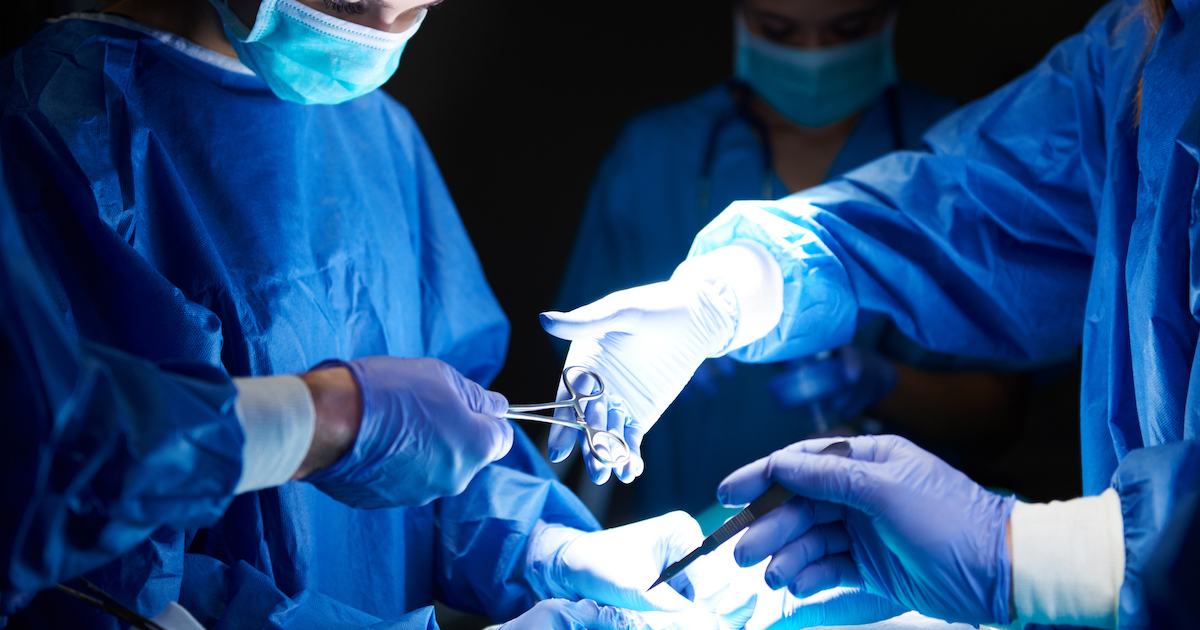Strategies For Treating Pericarditis
Pericarditis is an inflammation of the pericardium, a membrane that protects the heart. It can be either acute or chronic, and it may be caused by a car accident or other chest trauma. Pericarditis can also develop due to inflammatory conditions such as lupus and rheumatoid arthritis, and it may occur as a result of cancer, tuberculosis, or kidney failure. Symptoms of this condition typically include left-sided chest pain that gets worse when breathing in, heart palpitations, a low-grade fever, shortness of breath while lying down, and a cough. Patients may also experience swelling of the abdomen or lower limbs, and they may feel a general sense of weakness or fatigue.
To check for pericarditis, a clinician will first listen to the chest with a stethoscope. They will check for the presence of a pericardial rub, an abnormal sound indicative of this illness. The pericardial rub is created when the pericardial layers rub together. To confirm a diagnosis of this condition, electrocardiograms, echocardiograms, chest x-rays, and CT scans may be needed.
Pericardiectomy

A pericardiectomy is a surgical procedure that removes some or all of the pericardium. This operation is normally recommended for patients who have developed constrictive pericarditis, a complication of acute or chronic pericarditis. Constrictive pericarditis causes the pericardium to become rigid and scarred, reducing the heart's ability to function and potentially resulting in heart failure. The pericardiectomy procedure is performed under general anesthesia, and it requires making an incision in the sternum.
After cutting the sternum, the surgeon will be able to reach the heart and remove the pericardium. They will then wire the sternum and ribs back together, and the wound will be closed with stitches. Patients usually stay in the hospital for up to seven days after the surgery, and recovery time at home is approximately six to eight weeks. While recovering at home, patients should avoid lifting items. Patients normally see their cardiologist for a follow-up appointment and echocardiogram six weeks after the operation.
Avoid Strenuous Activity

Rest is one of the most effective treatments for pericarditis, particularly acute pericarditis. In fact, mild cases of this condition may resolve with rest and the use of over-the-counter pain relievers. Doctors recommend that patients with any form of pericarditis avoid strenuous activity, which can be a trigger for chest pain and other symptoms of the condition.
In particular, patients should avoid lifting heavy items and participating in intense exercise sessions. While light activity may be safe, it is important for patients to ask their cardiologists for individualized advice about appropriate levels of activity during their treatment. Keeping a symptom diary, in which patients record their symptoms and anything they were doing when the symptoms started, can help clinicians plan the most appropriate care for the patient.
